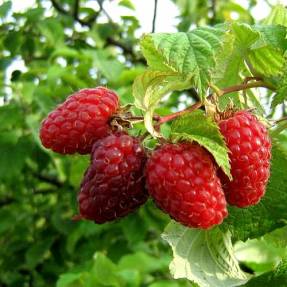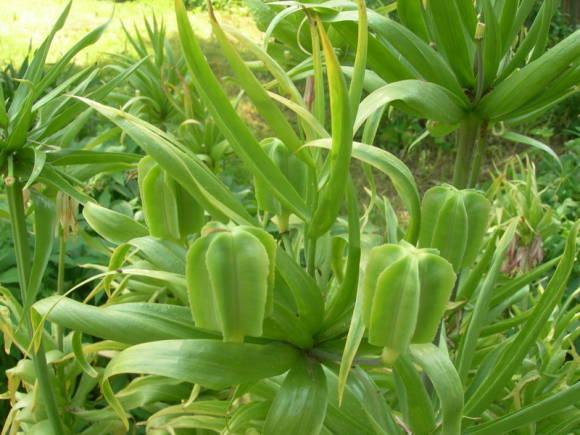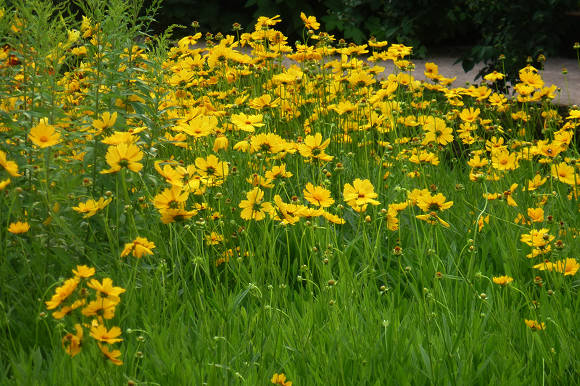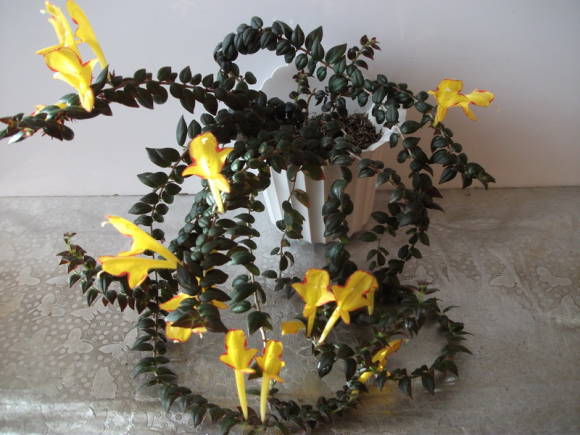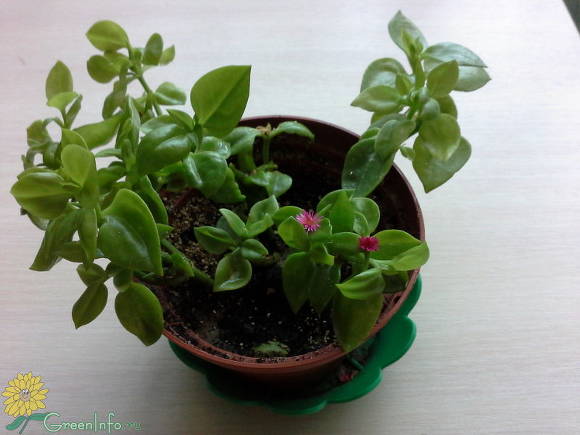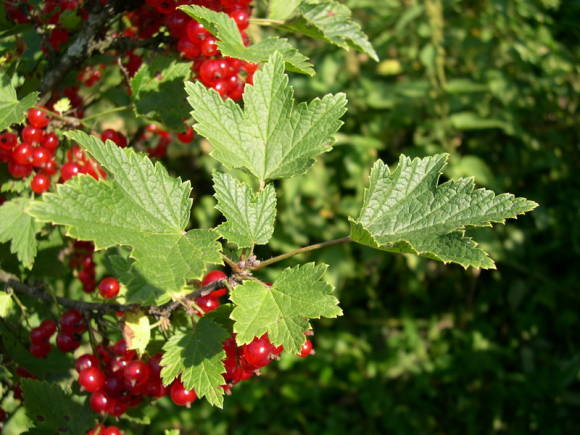
I made the first attempts to collect new varieties of tulips in my school years, and then in my student years, when in a small shop in the very center of Moscow, not far from GUM and the Historical Archives Institute, I bought my first bulbs. And although the purchases were not always successful, curiosity always prevailed and I continued my attempts to get to know this beautiful and very proud and majestic flower in its own way. More than thirty years have passed since then, but I have kept my passion for tulips to this day. It is with great pleasure that I grow and photograph them from all possible angles both on my site and on the experimental sites of my friends and colleagues.
In those days, there was no Internet, no accessible catalogs or special literature. All information could be gleaned from only one or two Soviet magazines available at that time. And any information from them was expected and absorbed with great youthful enthusiasm. Now everything has changed dramatically. Now we have access not only to beautiful glossy magazines and a wide variety of flower catalogs, but also a huge amount of information that we can glean from the World Wide Web. So what new do foreign breeders offer us in the current season?
Now in many European and North American countries, the earliest and undersized varieties are especially popular. Most of them are clones or hybrids of popular botanical species named after Forster, Greig, Kaufman, etc. Almost all of them are early flowering, which is their main advantage, since they bloom about 2-3 weeks earlier than most of the known and most common varieties and they can be perfectly combined with early low-growing daffodils, scillas, puschinias or already flowering violas and crocuses ... They can be planted in small groups in rockeries or on well-groomed and well-groomed lawns, against the backdrop of ornamental shrubs and conifers, as well as in rather large groups or even whole arrays around large public buildings, along garden and forest paths, or in regular flower beds in city parks and squares.
They can be quite successfully combined with varieties of medium and later flowering periods, alternating or alternately planting on the same regular beds, for example, with the so-called imperial or later triumph tulips or Darwin's hybrids. At the same time, the total flowering time of these prefabricated tulip or bulbous beds increases quite significantly, for several weeks. And even in the coldest and protracted springs, they will greet you on the May holidays not with pitiful green buds, but with bright and abundant flowering under any circumstances and whims of the weather.

The undoubted advantages of most of the early species and hybrid tulips include a small height of their peduncles and a fairly good leveling in height, which significantly increases their resistance to sudden gusts of wind and bad weather. Later varieties, during the period of mass flowering of dwarf varieties, do not yet have time to stretch out much, but only visually add splendor and greenery to already blooming spring flower beds. And after a week or two, they already come to the fore, as if changing the natural scenery of the early-spring show! After all, it is enough to simply pick up a contrasting or, conversely, a matching color scheme from varieties of different flowering periods or height. Here, for example, how beautiful varieties planted together look Atilla, Big Smile and Fire of love... Instead of a purple variety Atilla it is quite possible to plant new items - variety Blue ribbon or Double dream, about the same height and related to triumph and terry tulips.
Early and mid-early low-growing varieties go well with inter-row or border plantings of crocuses, muscari, chionodox, tender anemones, hyacinths or the same very cold-resistant viols. In central Russia, it is quite possible to choose tulip varieties in such a way that they bloom for at least 6-7 weeks, and in favorable years, even a longer period.

Low-growing varieties are perfect not only for rockeries, alpine slides, but also for growing in various floor vases and containers. Among the low and early flowering varieties, I would first of all note the varieties Eternal Flame, Fur Suiss, Little Diamond, Lovely Surprise, Orange Toronto, Pink Dwarf, Rose Dream, Sundanceand Sweet lady... Variety Sweet lady quite miniature, refers to varieties created on the basis of species botanical tulips. Flowering earlier, the height of the peduncles is only 12-15 cm. One of the main advantages of these tulips is that they reproduce well, and their bulbs can not be dug up or planted for several years. The above varieties can be supplemented with early terry varieties, such as Verona or Viking.

For lovers of specific tulips, I would recommend a rare variety on our sale Bronse Charm... It has a pleasant beige-peach color, relatively small growth and very decorative, cereal-like leaves. Or, for example, pale lilac with a bright dark yellow spot Lilac wonder... Beautiful and bright scarlet tulip with pointed yellow edges Schrenkii.
Variety Scarlet baby is not only early, but also multi-flowered. It looks great against a background of White Splendour anemones or against a background of white or yellow crocuses. One cannot but say a few words about such a unique variety like Casa Grande. It is the largest known early tulip. The diameter of its open flower can easily exceed the width of a man's palm! And its leaves are not quite ordinary - on a moderately dark green background, a characteristic burgundy-brown longitudinal pattern is clearly visible.
The next most popular, probably, are terry, or the so-called peony tulip varieties. This group is rapidly developing towards both early and later flowering varieties. For example, Bearing Point is a terry, abundantly flowering variety, although formally it refers to a triumph of tulips. After all, this is a real miracle of selection! It is low, only 35-40 cm in height, therefore, it resists bad weather well, blooms beautifully and profusely, and besides, it is also multi-flowered! Almost a whole bouquet on one plant!

Recently, a whole galaxy of densely double varieties have appeared. New varieties of early double tulips include Dubelle Roodkapje (Greiga), undersized Flash point, Foxtrot, which by the way goes well with a very beautiful yellow terry spider tulip Yellow spider, or, for example, the terry form of the Maureen variety - Maureen Double, or the yellow terry parrot variety Monte parrot... This also includes the previously mentioned varieties. Verona and Viking... You will not regret planting the extraordinarily beautiful Akebono variety. Each of its flowers is individual and none of them practically repeats the shape of the neighboring one. During flowering, its flowers continue to grow in size and by the end of flowering can increase by 1.5-2 times in relation to the original size. The height of the peduncles is 50-65 cm. The flowering is medium-early and in favorable years it can last up to 2 weeks!
Among the novelties of late double varieties, first of all, I would like to note the varieties: Double Dream, Charming Lady, Drumline, Freeman, Global Desire, white-red Horison or completely unusual in shape and beauty Ice cream... It was hardly sold on the Russian market due to its uniqueness and high cost. Under this name, some firms imported a similar, but smaller and cheaper variety. Diamond rose... Of the unusual and beautiful varieties, I would also like to highlight the varietyImpressarioshining in the sun with almost all warm colors and shades of the rainbow.
 |  |
A special place among terry varieties is occupied by terry fringed varieties, such as, for example, undersized and stocky Queensland, Matchpoint, Crispion Sweet... The latter has a noticeably greater "terry", which, in general, rather strongly depends on the size of the bulb, the place of growth and the degree of illumination. Or grade Sensual touch, changing its color from rich yellow to orange.
But there are not many such varieties yet. But there are much more novelties among simple fringed tulips. This group can be proud of such new varieties as: Queenslandcharacterized by small stature, Barbados, Skyteam, changing its color from milky white to pink, undersized Fabio, deep red with a bright blue bottom Red Hat... Or a completely new variety TS 9-57, blooming white, and then, as it blooms, acquiring a lemon-yellow hue, which does not even have a registered trade name, where the abbreviation TS stands for Tulpenselectie.nl.
There are also novelties among the relatively early blooming imperial tulips. These are varieties Orange, Salmon and Exotic Emperor, and Yellow purissima... They usually bloom along with early daffodils and hyacinths, immediately after the flowering of the species Greig and Forster tulips. Imperial tulips may have weakly expressed "green-flowering" properties, i.e. properties inherent in the group of green-flowered tulips. All imperial tulips will profitably enliven and decorate any semi-shady and even shady corner of your garden, since they bloom even before the foliage on shrubs and deciduous trees opens up and have time to receive their due share of sunlight. The height of their peduncles is usually about 40-55 cm.

Triumph tulips are also rapidly developing and renewing. They also have something to brag about. The group of leaders is led by a tall and graceful bright yellow variety Alabama star, then unusually beautiful and peaceful Apricot magic, bright orange-yellow Asahi or white-pink Beau monde... Among the unusually colored "triumphants" I would like to highlight the chameleon tulips Тequila Sunrise and Hemisphere, which in a few days very strongly change their color, increasing and intensifying its intensity, from almost pure lemon-yellow to almost completely red-orange. It is especially important that this property is preserved in the cut. It is better to plant a lot of such tulips or in small groups of 8-12 pcs. in different, rather remote, parts of the garden or mixborders. This will create a noticeable increase in space! I would like to say a few more words about a very beautiful maroon variety with a noble velvet sheen National velvetas well as pink variety Rosariowith beautiful and decorative variegated foliage. Truly stunning beauties! Or here's another variety TS 8-1, also not yet fully registered - pink with white moire and a bright blue bottom of the glass, rare for tulips, and also very unusual Yellow crown... The unusual thing about blue for tulips is that tulips don't have a blue or blue gene at all! Triumph - Tulips bloom about a week or two later than most early and mid-early varieties. Those. they are typical representatives of medium-flowering varieties. Their height is approximately 45-55 cm.
A novelty among the lily-colored tulips is the varieties Aladdin, Jazz, Lemon Marengue (looks great against the National Velvet variety), Doll's minuetas well as light pink, almost white Youkihi... Nice bright cut! For greater effect, it is recommended to plant in large enough groups.
For lovers of very tall tulips with an elongated flower shape, very similar to lily-colored tulips, this season there are also interesting novelties - tulips Big brother and El Nino... They continue the already very popular tulip series, consisting of well-known varieties Blushing Beauty, Blushing lady and their predecessor, varieties Temple of beauty... The advantages of these varieties include their ability to increase their petals and, accordingly, the entire flower during the entire flowering period. All of them stand in the cut for a long time, and also increase in size, practically without wrapping or deforming the petals. Their height can reach 75-80 cm, and even more in shady places. Simple late tulips in their range of novelties have several more worthy participants, this is red-yellow Lexis, pink Sauterness, as well as a pink-red variety with a pronounced white border Toyota.

Darwin hybrids are usually mid to mid-late flowering. And they, too, can boast of bright and beautiful novelties - new varieties Ad Rem's Beauty, World's Favorite, Beauty of Spring, Rosy Delight, TS 4-1 in which the bases of the petals are alternately colored yellow and white and, of course, American dream... Thanks to strong and stable peduncles 45-55 cm high, all varieties are well resistant to gusts of wind, rain and bad weather. Darwin hybrids are very resistant to viral diseases, they tolerate transportation and long-term storage in cuttings well. Recommended for forcing, cutting and gardening.
Multiflorous tulips are also becoming more and more popular. At the same time, they become more and more vivid and attractive. For example, a tulip Outbreack... He has up to 5 buds on each peduncle! The height of the peduncles is 35-40 cm. Multiflorous tulips work best in well-lit areas and should be planted a little denser than indicated on their packaging. Fans of multi-flowered tulips will surely like the completely new dark red Moscow variety named after our capital, and the yellow-red Florette variety, as well as the terry multi-flowered fringed deep red-pink tulip TS 7-1.
The most beautiful new items among green-flowered tulips of recent years are Golden Artist, Green Village, Red Springgreen and Adrian T. Dominique... Bright saturated colors of the outer part of the glass make them well visible against the background of a flower bed or other varieties. Height only 35-45 cm, well withstand bad weather. All varieties are medium-late and late flowering.
 |  |
And, finally, there is a fairly large group of novelties of parrot tulips. These include varieties Silver Parrot Desighn, Elsenburg, Flaming Parrot, Blumex, Super Parrot and Rococo... All of them have an unusual grooved surface of the petals, the tips of which can be slightly dissected or even often curled inward. Usually these tulips have a beautiful multi-colored and variegated color, which determined their "parrot" origin and made them a separate group. They usually breed well and are widely used in cut and garden design. Great stuff for florists. Sometimes the "parrots" may show some signs of "greenness". Parrot tulips bloom, as a rule, in the second half of the season, in May, and usually belong to the medium-late and late-flowering varieties.
Plants with unusual shaped flowers, especially parrot, fringed, terry, etc. usually planted in the foreground of flower beds, mixborders, near paths and in flowerpots, so that you can admire each flower close up. Tulip varieties with a regular flower shape look good in groups at a distance, against the background of a neat lawn, conifers or various trees, as well as next to other spring-flowering perennials and shrubs. Tall varieties are best planted in the background of flower beds, and also used for cutting. It is better to plant them in places protected from drafts and gusts of wind, otherwise they may tilt or even fall under the weight of wet buds. Low-growing species and varieties of tulips are ideal for rocky slides, various rock gardens and for growing in containers.
Many will be surprised, but the tulip is a real moisture-loving plant. And in Holland, it is believed that a summer with moderately heavy rainfall is a blessing. Only this information should be treated very carefully and philosophically - after all, tulips are grown there only in about a 30-kilometer coastal zone, on mainly sandy and sandy loam lands. Therefore, in areas with a high content of the clay fraction, excess moisture can lead to a completely opposite result. In such places, for planting bulbs, it is advisable to add more coarse-grained river sand and ensure good moisture and air permeability to the soil.
 |  |
The growing season of tulips ends on average at the end of June. And in the first half of July, in the middle lane, they are already beginning to dig and dry them.I would say that this procedure is very important and extremely necessary in the technology of growing new varieties of hybrid tulips, as well as the annual change of the tulip planting site, unless of course you are going to grow them as annual plants. Leaving your tulips in the ground in July-August, you with a very high degree of probability doom them to infection with various rot and other viral diseases. And then there are numerous legends about all kinds of "degeneration" and "over-pollination" of tulips. If you grow and propagate tulips using only bulbs, i.e. vegetatively, then only ordinary human laziness and "forgetfulness" can be the culprit for the degeneration of tulips. An exception can be made only by some species and botanical tulips, as well as their clones. For two or three years, you can not dig up some varieties of Darwin hybrids, or the so-called perennial tulips, but nevertheless, especially in such very humid years as the summer of 2008, I would strongly recommend digging and drying all tulips without exception.
When planting plants in groups, remember to match colors. One-color compositions look especially exquisite, compositions with different shades of the same color, or vice versa, completely contrasting. Tulips are also great for planting in floor pots, planters or decorative baskets, which can be placed close to the front door during flowering, and small varieties even on a garden table or decorate a bench or foundation with them. You can even bring them into the room for a while in order to appreciate their beauty and light aroma.
Yellow and white undersized and medium-sized daffodils, muscari and crocuses, primroses, forget-me-nots, various arabis and saxifrage, chickweed and especially - Pansies and daisies go well with tulips. Good luck with your experiments in growing these extraordinarily beautiful plants!
